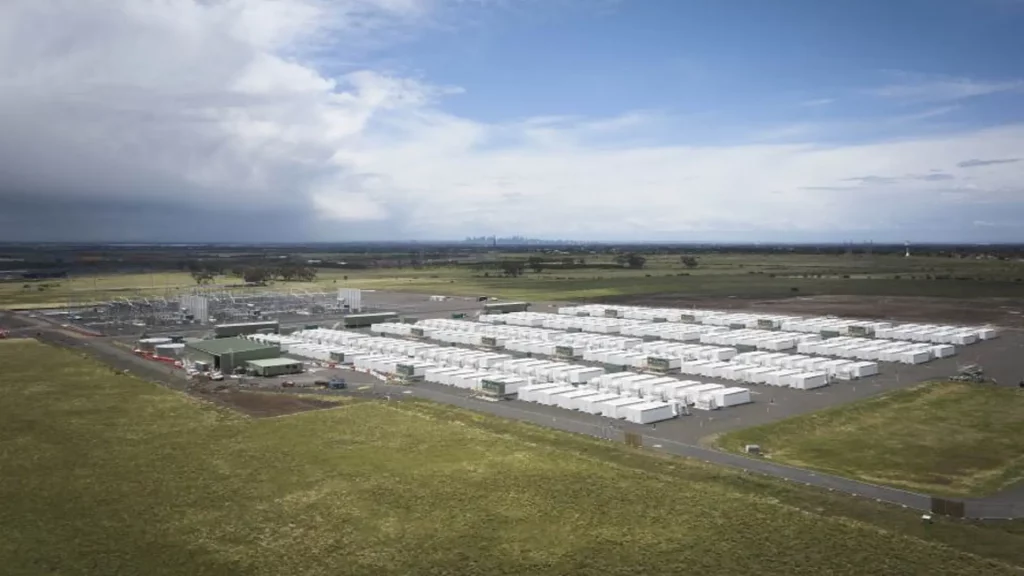
Global electricity consumption to grow by 75% by 2050, BloombergNEF report finds
22.04.2025A new report by BloombergNEF, the analytical agency, New Energy Outlook 2025, outlines the large-scale transformations that the global energy landscape will undergo in the coming decades. The Ukrainian Wind Energy Association prepared an overview of the report.
According to the Economic Transition Scenario, global electricity consumption will increase by 75% by 2050. This jump will be driven by rapid economic development, an increase in the number of electric vehicles and data centers, as well as the growing electrification of households and industry.
The report offers two scenarios for the global energy sector:
- The Economic Transition Scenario (ETS) looks at how the energy system might evolve in a world where the priority is to meet rising demand for electricity at the lowest cost rather than climate goals.
- The Zero Emissions Scenario (ZES) analyzes what the global power system would look like if policies were fully compliant with the Paris Climate Agreement.
Growing demand for electricity
Global electricity consumption, which amounted to 29,471 TWh in 2023, will almost double by the middle of the century. The largest growth is expected in Asia, the Middle East and Africa. This will spur large-scale investments in energy infrastructure, including generation, grids, and energy storage.
Data centers are becoming one of the main drivers of growth, and their energy consumption is steadily increasing. By 2035, they may consume 4.5% of the world’s electricity, and by 2050 – already 8.7%. To meet this demand, humanity will need an additional 362 GW of new generating capacity over the next decade alone.
Fossil fuels and the transition to renewables
Despite the overall decarbonization course, oil demand, according to the ETS, will peak in 2032 and then gradually decline to 88 million barrels per day in 2050. At the same time, demand for aviation fuel and petrochemicals will grow.
Coal use will decrease the most radically, while natural gas consumption will increase by 25%. However, in electricity generation, fossil sources will account for only 25% of global production by 2050, down from 58% in 2024.
Prioritizing renewables and innovation
The development of renewable energy sources will become the core of the new energy system. Under the ETS scenario:
- electricity production from renewable sources will increase by 84% by 2030;
- by 2050, RES will provide 67% of global electricity consumption.
System flexibility will also play a key role:
- More than 4,300 TWh of flexibility on the consumption side will be provided by smart charging of electric vehicles and demand-side management programs;
- another 6,100 TWh will be covered by flexible energy sources such as energy storage, gas turbines and pumped storage.
Growing demand for electricity, the development of renewable energy sources, investments in grids and storage, and the development of a data center and electric vehicle culture are areas in which Ukraine is already taking its first steps. However, global competition for investment, technology, and markets is only getting tougher.
According to the UWEA, Ukraine needs to act today:
- accelerate the reform of energy markets and networks;
- create favorable conditions for RES investors;
- stimulate local production and development of energy storage;
- integrate smart supply and demand management systems;
- develop a strategic vision of the future in partnership with business and international allies.
Become a member of 100 RE UA
Switching to 100% renewable energy in Ukraine is possible!




